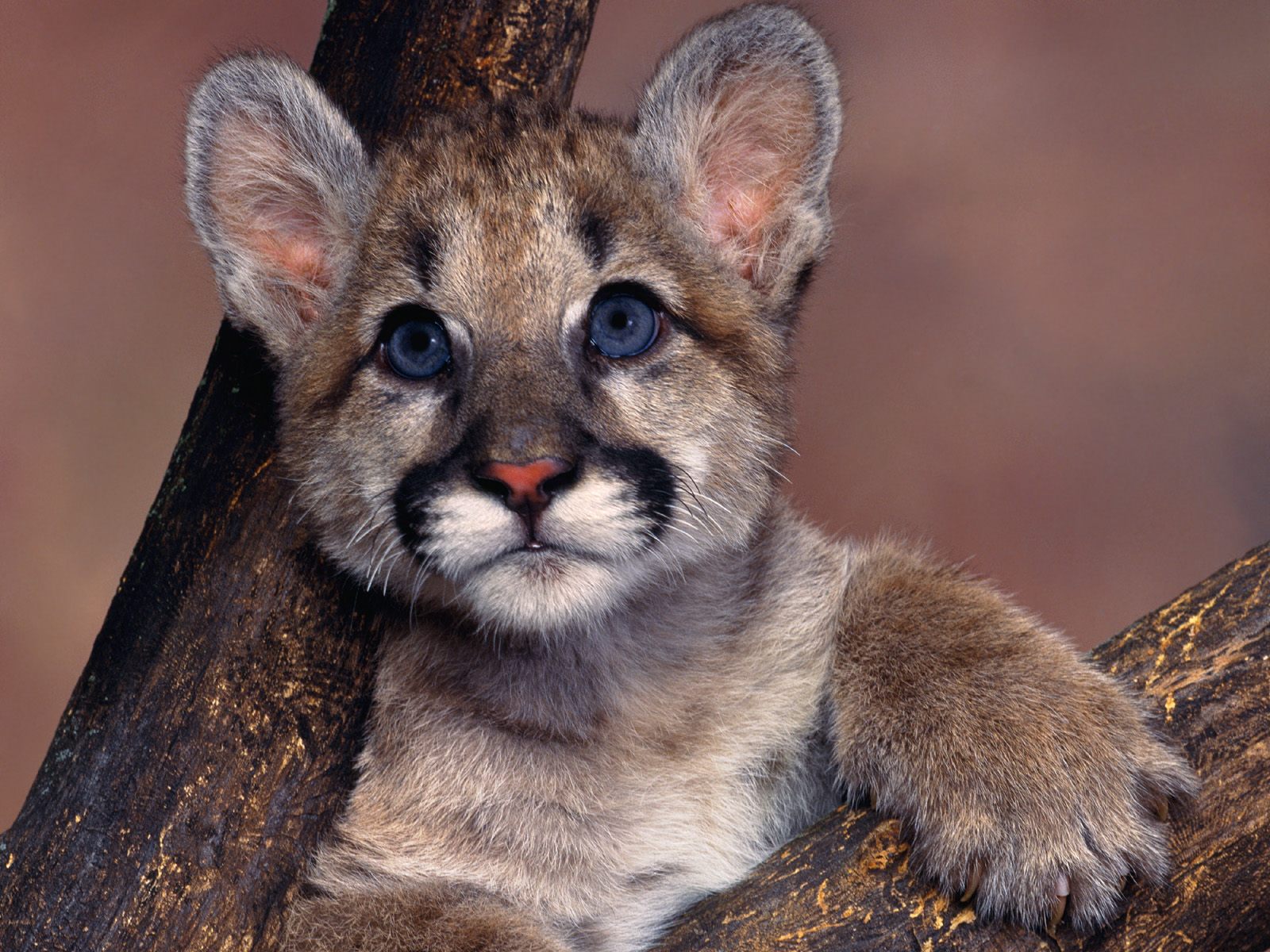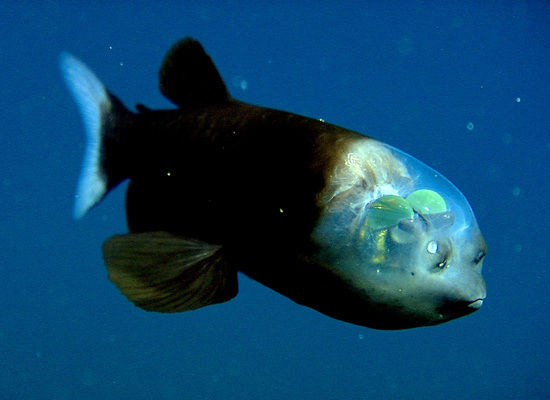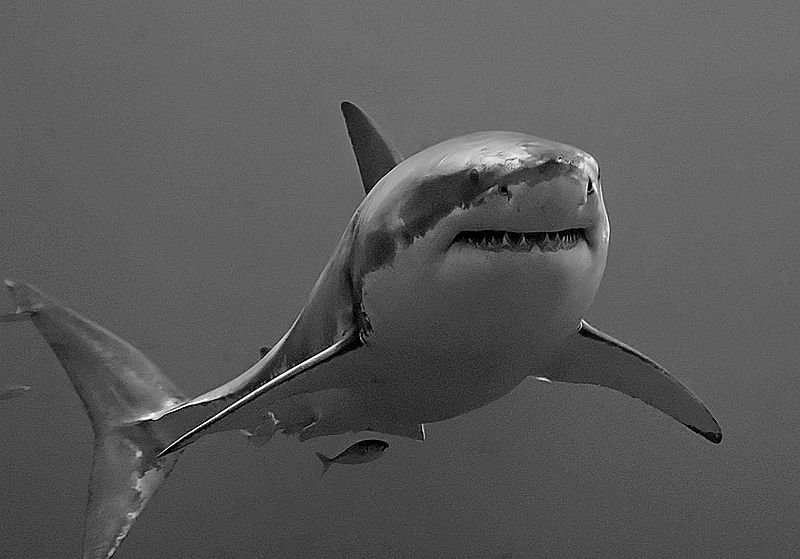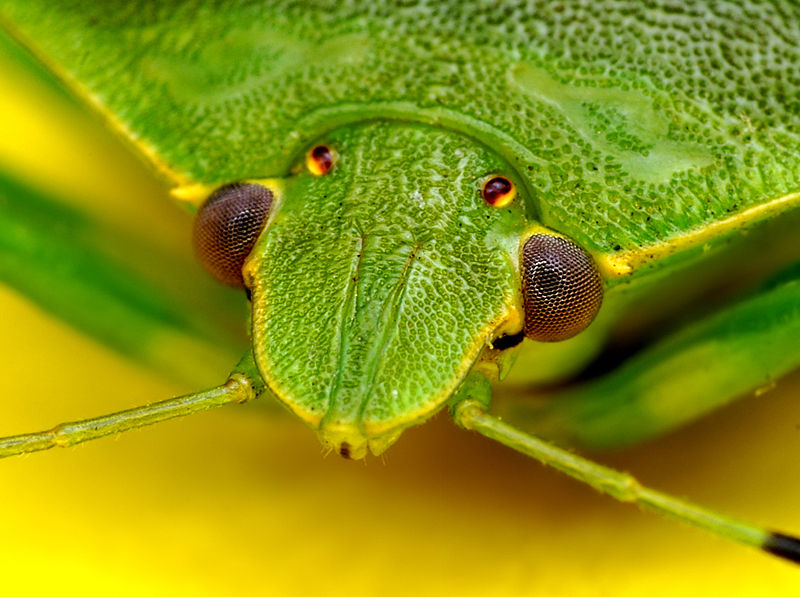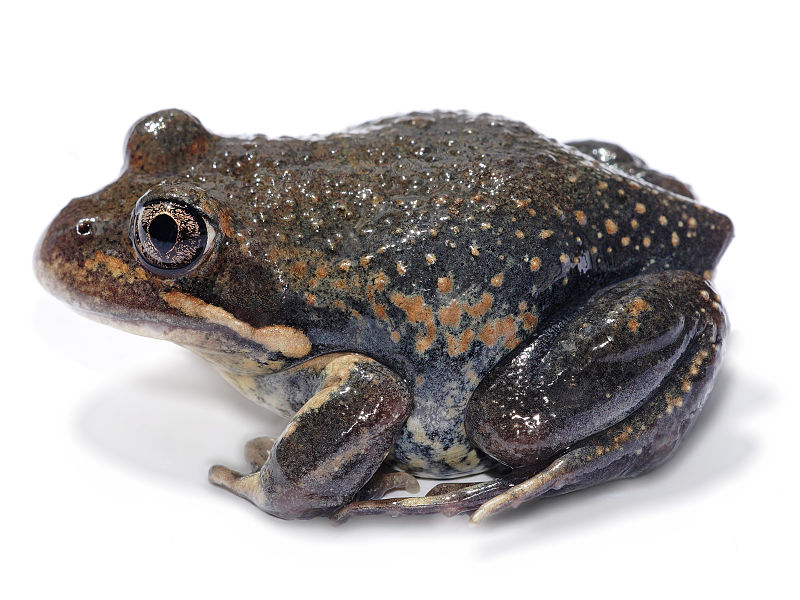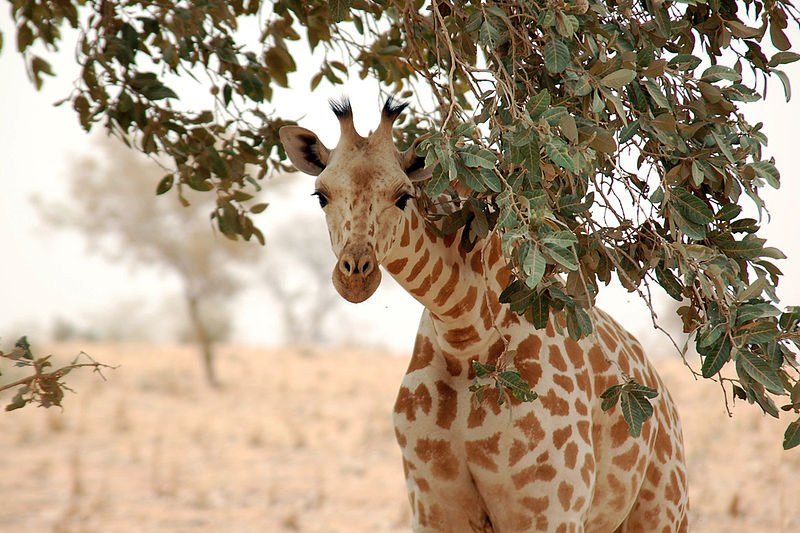
As the week winds down we are heading to the Sahel regions of Western Africa where we will get to hear a good news story about a magnificent creature known as the West African Giraffe. This particular sub-species is currently in a little bit of trouble with only about 250 individuals remaining in the wild. So how is this a “good news story”? Considering there were only about 50 individuals in 1996, I would say this is an amazing comeback story. Granted, their population would have never reached such decimated levels if it weren’t for the loss of habitat at the hands of humans but I think we should focus on the positive side….the West African Giraffe is making a comeback!
The White Giraffe
The West African Giraffe is often referred to as the “White Giraffe” due to their light colour spots, which is s distinguishing feature from other giraffe sub-species. The average height for this leaf-eating animal is between 4.8 and 5.8 meters (16-19 feet) with the females typically being on the lower end of the spectrum. We have all seen pictures of giraffes feeding on the vegetation of tall trees and the West African Giraffe is no different as they rely heavily on Acacia trees among others.

The Connection Between Giraffes and Tigers
Interestingly enough, the success of this giraffe sub-species is directly tied to the presence of a plant known as tiger bush. Not because they feed on this particular plant but tiger bush encourages the growth of taller trees in an arid habitat. Without the presence of tiger bushes, there are no trees for the White Giraffe to feed on. Unfortunately, during the 1990’s we learned about this connection the hard way when woodcutting in the area was encouraged. As you may have guessed, this woodcutting behaviour resulted in the loss of tiger bush and ultimately in the decline of the stunningly beautiful West African Giraffe.
West African Giraffe Fast Fact
When the West African Giraffe walks at a leisurely pace the front and hind legs on their left side moves together opposite of the front and hind legs on their right side. However, when it is time to run, their front legs move together followed by their hind legs. This drastic difference in their movements leaves you wondering why the giraffe alternates between the two styles. I am going to leave the answer to that question up to all of you.
Why do you think the giraffe’s walking style is different than their running style?

